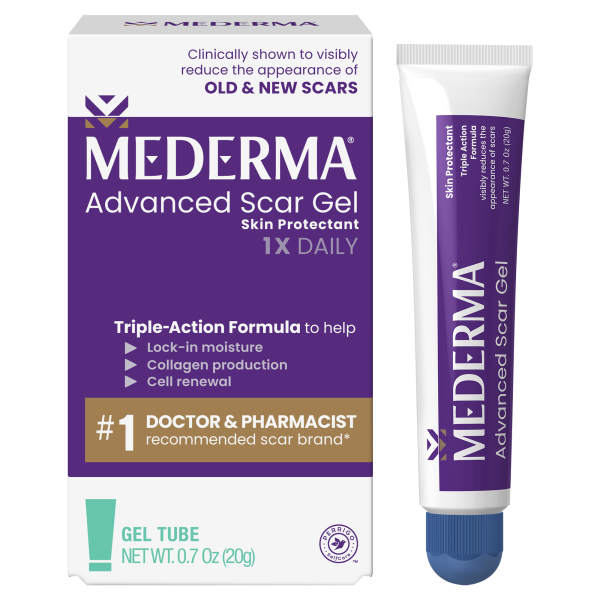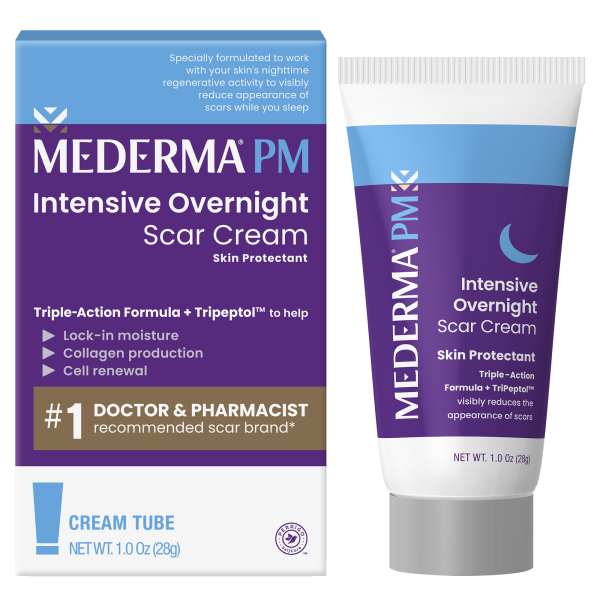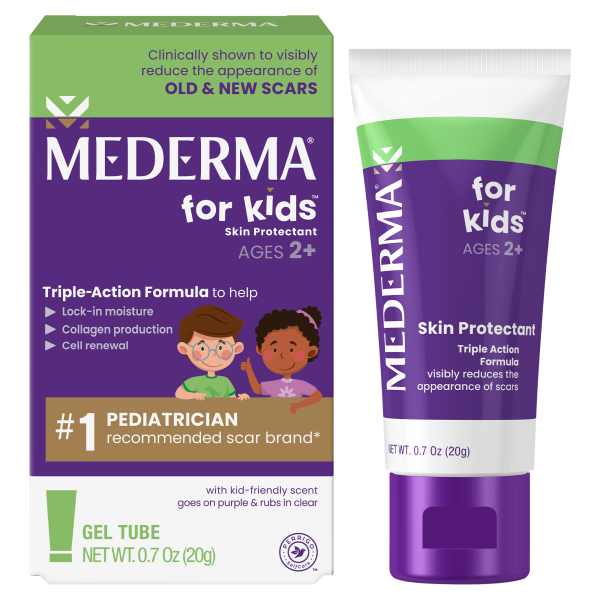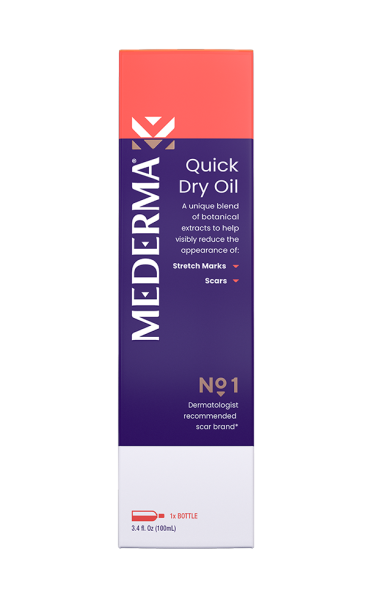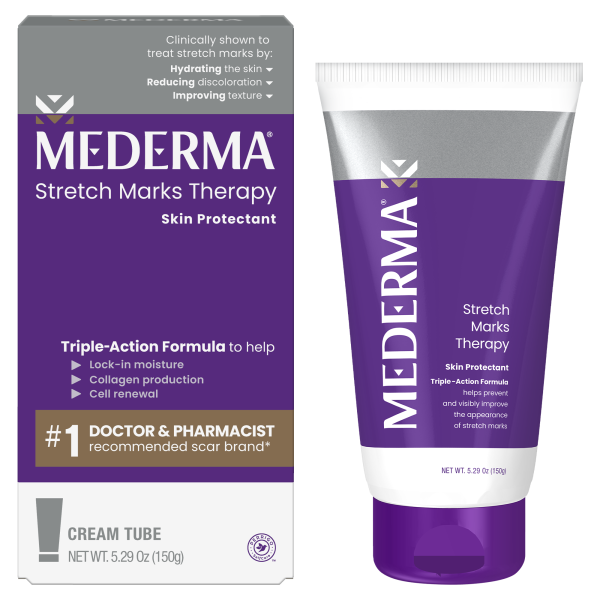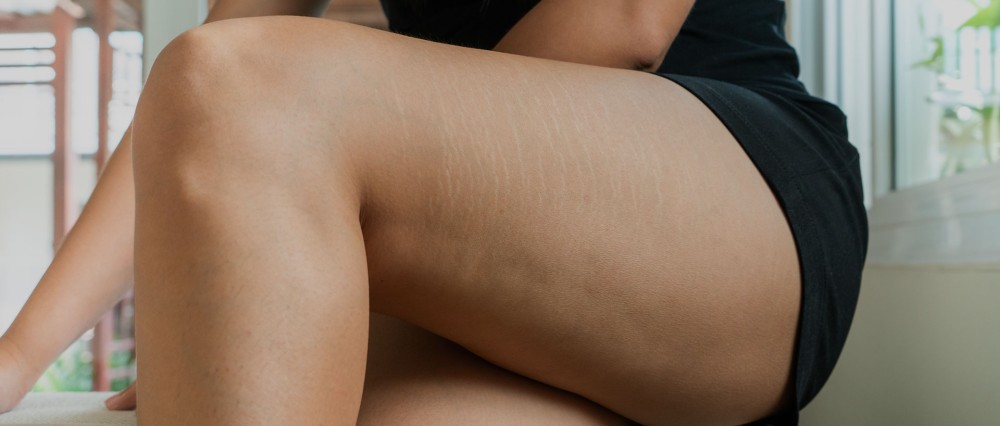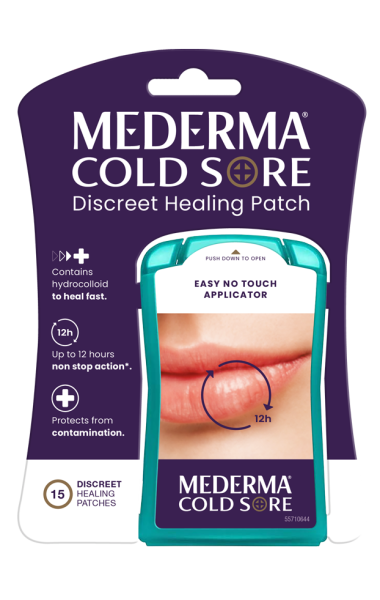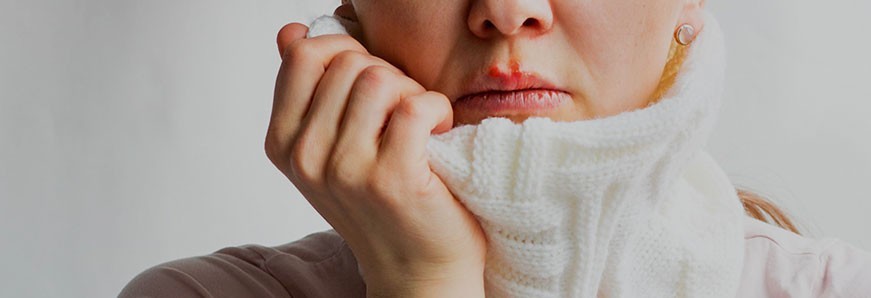What causes cold sores?
Cold sores are caused by a virus, the herpes simplex virus type 1 (HSV-1). There are two types of the herpes simplex virus – HSV-1 and HSV-2. HSV-1 is responsible for herpes labialis, a herpes located around the mouth, most commonly on the lips. This type of herpes is the one commonly referred to as cold sores or fever blisters. Most HSV-1 infections are acquired during childhood and may remain dormant for long periods of time.
There are multiple ways of getting the HSV infection: direct contact with the virus via saliva, from kissing or sharing personal items, or by skin-to-skin contact. It is important to know that a person with the virus can be contagious at any time, with or without having a visible cold sore outbreak.
The herpes virus enters the body through a break in the skin around or inside the mouth. After this initial infection, the virus stays dormant inside the nerve cells of the face. In approximately one-third of people, the virus can “wake up” or reactivate becoming recurrent herpes. When reactivation occurs, the virus travels down the nerves to the skin where it causes cold sores: blisters around the lips, in the mouth or, in about 10% of cases, on the nose, chin, or cheeks.
Cold sores may be influenced by stress including emotional stress, fatigue, lack of sleep, a weakened immune system, an illness with infection or fever, surgery such as dental intervention, local skin trauma, hormonal changes such as menstruation or taking birth control pills, and even by sun or wind exposure. If you are affected by cold sores, you might want to keep a diary or a log, to note things, such as activities, illnesses, and life events to determine what has preceded the outbreak. This can help you to narrow down the potential triggers for the outbreak. In people with recurrent outbreaks, these typically happen less than three times a year and the frequency of outbreaks generally decreases over time.
